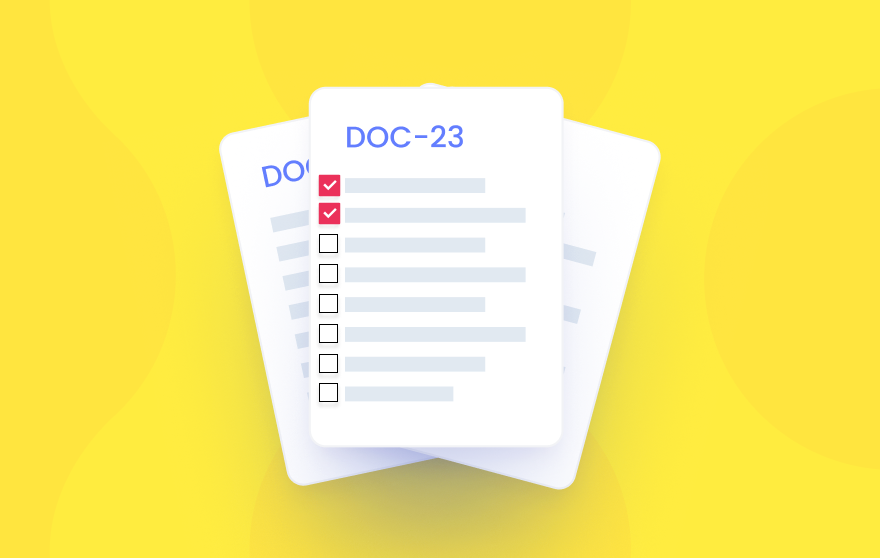
Introduction
At the core of robust software development lies a fundamental element—test cases. These structured scenarios help ensure that software functions as intended, serving as a key pillar of quality assurance. But what exactly are test cases, and why are they so essential?
Test cases provide a systematic way to validate software behavior by defining specific inputs, expected outcomes, and execution steps. By running these tests, developers and testers can identify bugs early, verify functionality, and ensure overall system stability—ultimately improving software quality and user experience.
What Are Test Cases?
Test cases validate specific functionalities or behaviors of software by:
✅ Providing predefined inputs or actions.
✅ Observing the resulting output or behavior.
✅ Comparing the observed results with expected outcomes.
✅ Determining pass/fail status based on this comparison.
This methodical approach helps identify edge cases, validate error handling, and maintain software performance. Well-structured test cases are a cornerstone of an effective software development process.
Why Test Cases Matter
Test cases are fundamental to quality assurance, ensuring that software meets both functional and business requirements. Here’s why they matter:
- Catching Bugs Early – Detecting defects in the early stages of development prevents costly fixes later and speeds up time-to-market.
- Enhancing Reliability – Validating edge cases and error handling ensures robust functionality across different scenarios.
- Supporting Long-Term Quality – Maintaining regression and performance testing prevents recurring issues and ensures stability over time.
- Reducing Development Costs – Identifying defects earlier in the cycle saves significant resources compared to fixing them post-release.
For complex domains like software architecture design or augmented reality app development, test cases become even more valuable in reducing risks and ensuring smooth user experiences.
Types of Test Cases
Different test cases focus on specific aspects of software functionality and performance:
- Functional Test Cases
- Purpose: Ensure that core functionalities work as expected.
- Examples: Testing login flows, form submissions, and user interactions.
- Impact: Identifies critical bugs early in development.
- Performance Test Cases
- Purpose: Assess system speed, responsiveness, and stability under different loads.
- Examples: Load testing, response time measurement.
- Impact: Ensures that the application can scale effectively for real-world use.
- Security Test Cases
- Purpose: Identify vulnerabilities and safeguard sensitive data.
- Examples: Authentication checks, encryption validation, penetration testing.
- Impact: Protects user information and helps meet compliance requirements.
- Usability Test Cases
- Purpose: Verify ease of use and overall intuitiveness.
- Examples: Testing navigation flows, accessibility features, and UI consistency.
- Impact: Enhances the user experience and boosts customer satisfaction.
- Accessibility Test Cases
- Purpose: Ensure inclusivity and compliance with accessibility standards.
- Examples: Screen reader compatibility tests, color contrast validation.
- Impact: Improves access for diverse user groups and expands audience reach.
Crafting Effective Test Cases
Writing strong test cases improves test efficiency and consistency. Here’s a structured guide:
- Test Case ID
Use clear, consistent naming conventions (e.g., TC_LOGIN_001).
- Title/Description
Write specific, concise titles summarizing the test’s purpose (e.g., “Verify login with valid credentials”).
- Preconditions
Define any necessary setup, such as user roles, system configurations, or data requirements.
- Test Steps
List sequential, actionable steps to execute the test.
- Expected Results
Clearly define anticipated outcomes to allow objective pass/fail assessment.
- Actual Results
Document the observed outcomes and note discrepancies for failed tests.
- Pass/Fail Criteria
Specify the conditions that determine whether a test is successful.
- Test Environment
Include hardware, software, and network configurations to ensure consistent test execution.
- Test Data
Use realistic but non-sensitive data to mimic actual scenarios while ensuring security.
- Priority
Assign priority levels based on the feature’s impact on business operations.
Overcoming Common Challenges in Writing Test Cases
Creating effective test cases requires tackling some common obstacles:
- Ambiguous Requirements – Clarify functionality expectations early. Read more about Best Practices in Product Discovery.
- Redundancy – Eliminate overlapping test cases to maintain efficiency.
- Coverage Gaps – Break down complex scenarios into manageable test cases.
- Evolving Requirements – Regularly update test cases to reflect software changes.
- Inconsistent Environments – Standardize configurations to ensure reliable results.
- Time Constraints – Focus on high-priority tests and use test automation for repetitive tasks.
💡 Pro Tip: Automating regression and performance tests can free up time for exploratory and edge-case testing.
The Impact of Test Cases on Software Quality
Test cases aren’t just about catching bugs—they have a broader impact on software quality and business success. Well-structured test cases contribute to:
✔ Early Defect Detection – Reducing time and costs by identifying issues before deployment.
✔ Ensuring Accuracy – Validating both typical and edge cases to build user trust.
✔ System Stability – Preventing regressions and ensuring reliable feature updates.
✔ Better User Experience – Enhancing usability, responsiveness, and overall satisfaction.
✔ Stronger Security – Protecting sensitive data and maintaining compliance.
✔ Team Confidence – Helping development teams release software with greater assurance.
✔ Improved Efficiency – Reducing repetitive manual testing through test automation.
✔ Continuous Improvement – Encouraging iterative enhancements to both software and test methodologies.
Conclusion
Well-structured test cases are a crucial investment in software quality, helping teams build reliable products, reduce development risks, and enhance user satisfaction. They serve as a safety net, catching potential issues early and ensuring smooth functionality.
In today’s competitive market, where software reliability is non-negotiable, test cases are more than just a technical tool—they are a strategic advantage. They help build trust, enhance efficiency, and ensure long-term success.
📢 Need expert guidance on software testing and QA best practices? Explore our services or contact us to optimize your quality assurance strategy today!



